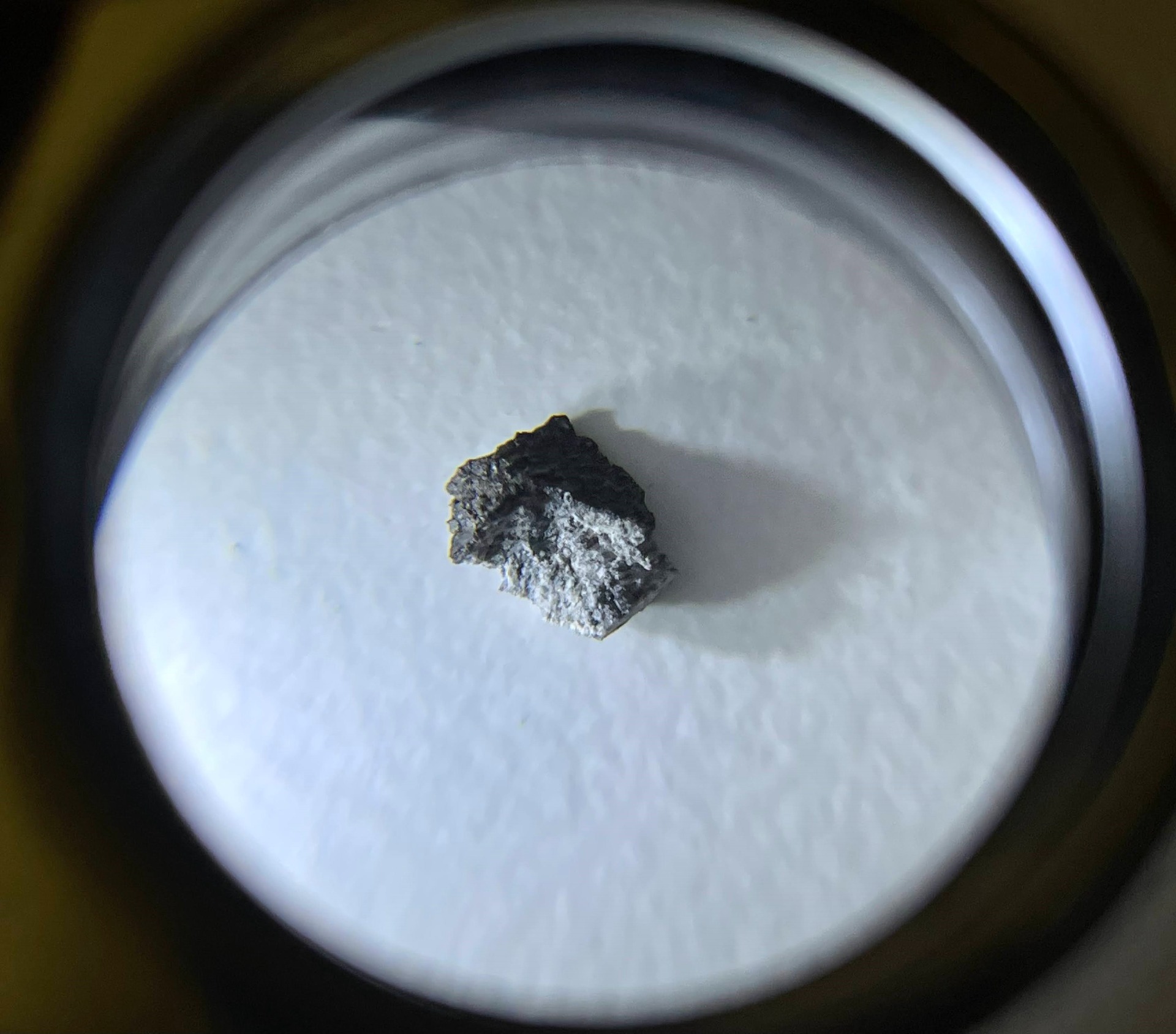
Vestian
4 Vesta is an asteroid orbiting in the main belt of planets between Mars and Jupiter. It is the third largest body in this category in terms of size and the second most massive in terms of mass. It is the only one of the asteroids that can be seen in the night sky with the naked eye under extremely favourable circumstances. According to the nature of its orbit, it belongs to Group I in the main belt. It is also the parent body of the Vestoid family.
Meteorites from asteroid 4 Vesta
The differentiated achondrites of the HED group (Howardites, Eucrites and Diogenites) come from the asteroid 4 Vesta or from asteroids formed by its fragmentation.
The HED meteorites have undergone extensive igneous processing that is not too dissimilar to the igneous rocks found on Earth, and therefore closely resemble terrestrial igneous rocks.
Howardites are regolith breccias consisting mainly of fragments of eucrite and diogenite (ratio 9 - eucrite : 1 - diogenite). Howardite was formed after another body impacted the asteroid, later subjected to more recent impacts, and lithified under pressure from overlying strata. Regolith breccias have not been found on planet Earth.
Howardites are named after Edward Howard. Edward Howard was one of the first scientists to chemically analyze the constituents of meteorites.
The eucrites consist of basalts from the crust of the asteroid 4 Vesta. They are mostly composed of pyroxene, holubite and plagioclase (anorthite).
Eucrites are named after the Greek word eucritos meaning "easily distinguishable". The easily distinguishable minerals in eucrites are silicate minerals, which are easily distinguished because of their relatively large grain size.
Diogenites are plutonic in origin, solidified at great depth in the asteroid 4 Vesta. Under the action of high crustal pressure, crystals were formed that are larger in diogenites than in eucrites. These crystals contain primarily orthopyroxene, plagioclase and olivine.
Diogenites are named after Diogenes of Apollonia, the ancient Greek philosopher who first proposed the origin of meteorites in the universe.



Achondrite - Diogenite

Achondrite - Eucrite
(melt breccia)

Achondrite - Eucrite

Achondrite Eucrite
